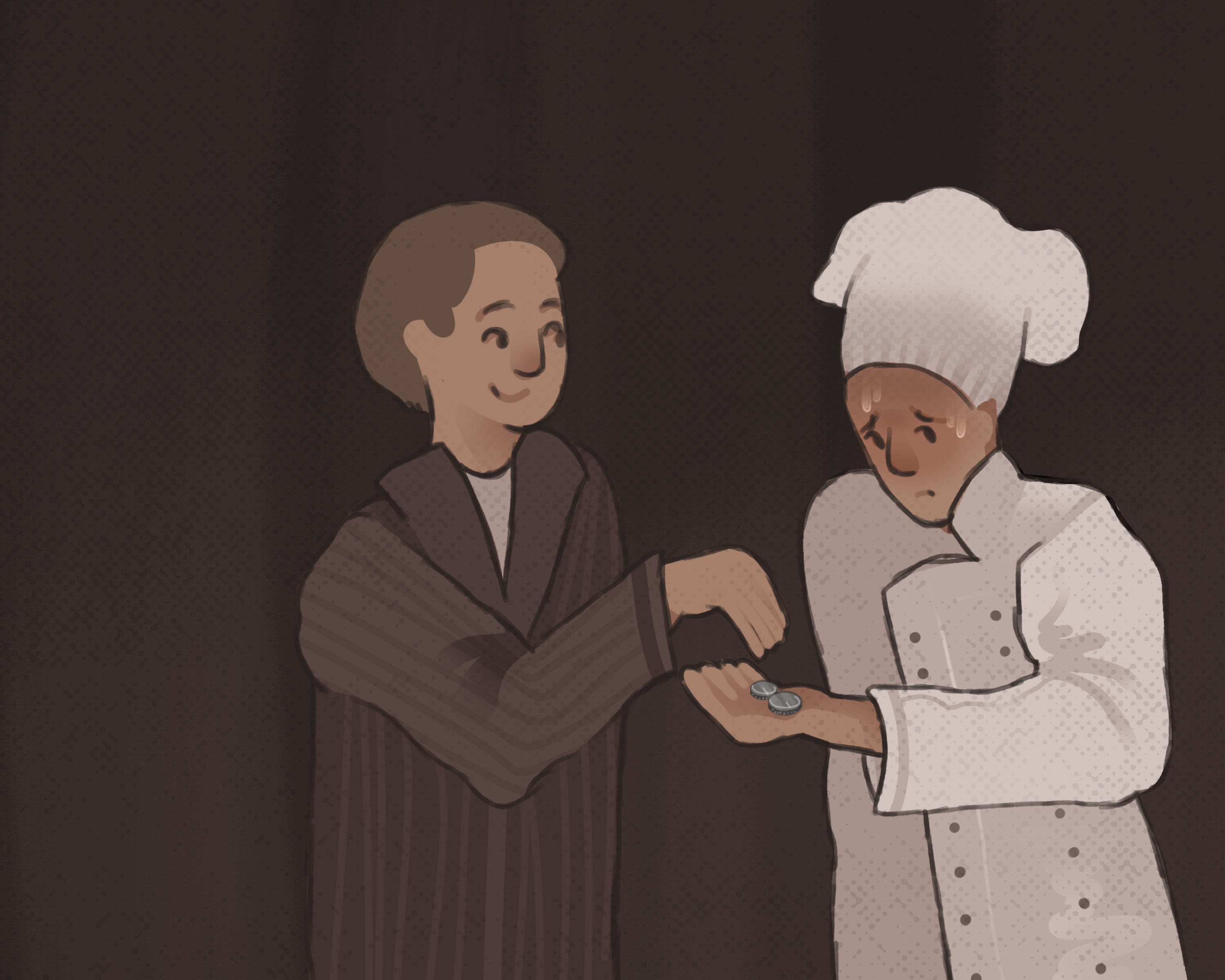Set against an orange background, a wheel-less pink vintage Buick is represented in the painting “La Patera” (“The Raft,” 2002) by Armando Marino. The car is supported in a surreal fashion by numerous pairs of naked human legs. This piece is not a comment on the crisis at General Motors, but, rather, it is a reference to the Cuban Raft exodus and the contemporary economic hardships in Cuba. This piece is currently being showcased at the Winnipeg Art Gallery, alongside works by 42 other Cuban artists as part of Cuba Avant-Garde, a traveling exhibition of the Farber collection.
This collection of contemporary Cuban art shows the tremendous impact that these artists are having in the current art world. In 1984, the Havana Biennial was established and has since been held roughly every second year. This contemporary art fair originally focused on artists from Latin America and the Caribbean and, since 1986, has incorporated artists from Africa and Asia, making it an important event for artists, particularly those from “non-Western” countries. This event helped the art scene in Cuba transcend borders and establish a place on the international stage.
Cuba Avant-Garde features 58 pieces of art, including sculptures, photographs, mixed media pieces and paintings. In the past three decades, Cuban artists have been creating works of art that reflect the social, political and historical situation in Cuba, as well as international issues. As such, an understanding that the socio-political climate has caused tremendous suffering for the Cuban people is critical in appreciating these works of art. For this reason, it seems that this exhibit would benefit greatly from wall panels, explaining the historical context in Cuba, accompanying the works of art.
For example, there are three impressive paintings by the group Los Carpinteros. Originally the group was composed of three members, Marco Antonio Castillo Valdés, Dagoberto Rodríguez Sànchez and Alexandre Jesús Arrechea Zambrano, but Zambrano left the group in 2004. The group utilizes building materials found in Cuba. In one painting, “Cosmos” (2004), cinder blocks are represented floating in space against a white background. Understanding Cuban history allows one to see how this painting is commenting on both construction and deconstruction. The second painting in the triptych is titled “Fallen Lighthouse,” and features a fallen lighthouse still perfectly intact, lying horizontally against a white background. The use of this piece of architecture symbolizes how Cuba is often seen as the “lighthouse of Latin America.”
The historical situation of what is known as the “Special Period” is key in understanding the further symbolism behind this painting. In 1990s, as the Soviet Union collapsed, Cuba’s economy suffered since they did almost all of their international trading with them. The fallen lighthouse represents this changing reality. However, the lighthouse is not broken and is still fully lit, perhaps the artists’ comment on a still-bright future for Cuba, or on the utopian ideal behind socialist politics in Cuba.
Cuba’s political history is also the subject of Flavio Garciandía de Oráa’s 1992 piece, “The Second Voyage of Marco Polo.” In this striking painting hammers and sickles (the symbols of communism) have been transformed into anthropomorphic figures of gold glitter and black juxtaposed against a blood red background painted with Jackson Pollock-esque splatters of black and gold. The aggressive and abstract work has several clearly defined red squares and rectangles that purposefully cover portions of the painting; geometric blocked-out portions which recall modern artists like Piet Mondrian..
The issue of censorship is of central importance to the artist Tania Bruguera Fernandez in her performance piece, “El Cuerpo del Silencio, sin titulo Number Two” (Untitled Number Two), represented in this exhibit by film stills. Onestill from her performance shows the artist as a symbol of innocence, amidst a room of bloody raw meat. During her performance the artist corrects history books, then, after making her corrections, she becomes frightened at what might happen and furiously licks the pages, ultimately swallowing them. The performance art represents censorship in history books and lessons.
The collection also features international comment pieces such as “The Cold War has Ended, Let’s Enjoy Globalization” (2004) by Abel Barroso. This is a large-scale sculptural representation of a plane crashed into a building, composed of bolts and balsa wood pieces, similar to those found in children’s building sets. An obvious reference to the Sept. 11 attacks on the World Trade Center, this sculpture also comes with its own shipping case, an artful reference to international distribution and the circulation of raw goods.
All together, the pieces in this collection tell an important story of Cuba’s history. The clear message on display is that the suffering the Cuban people have endured has manifested itself in a thriving contemporary art scene.
Cuba Avant-Garde runs until Jan. 21 at the Winnipeg Art Gallery.



